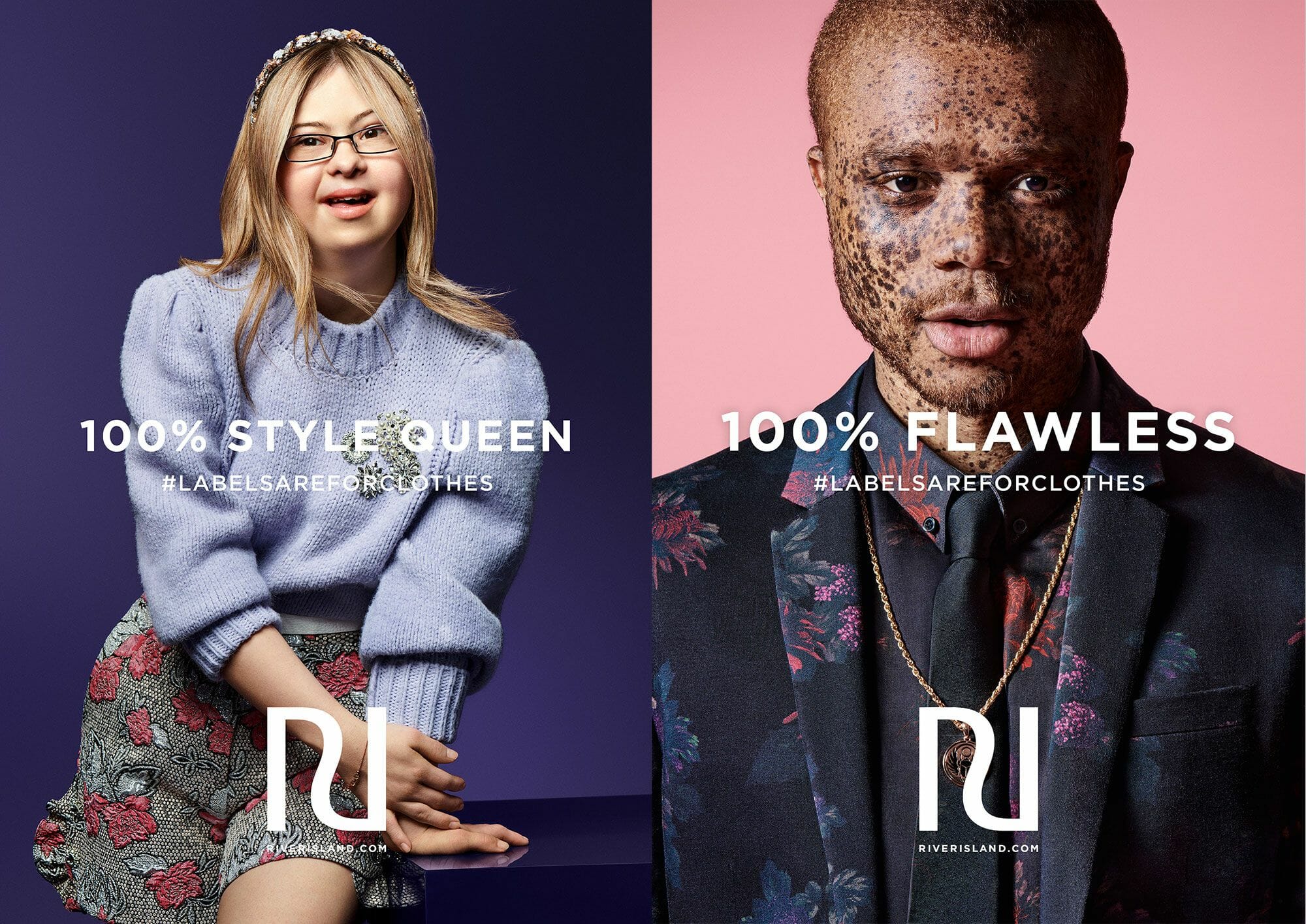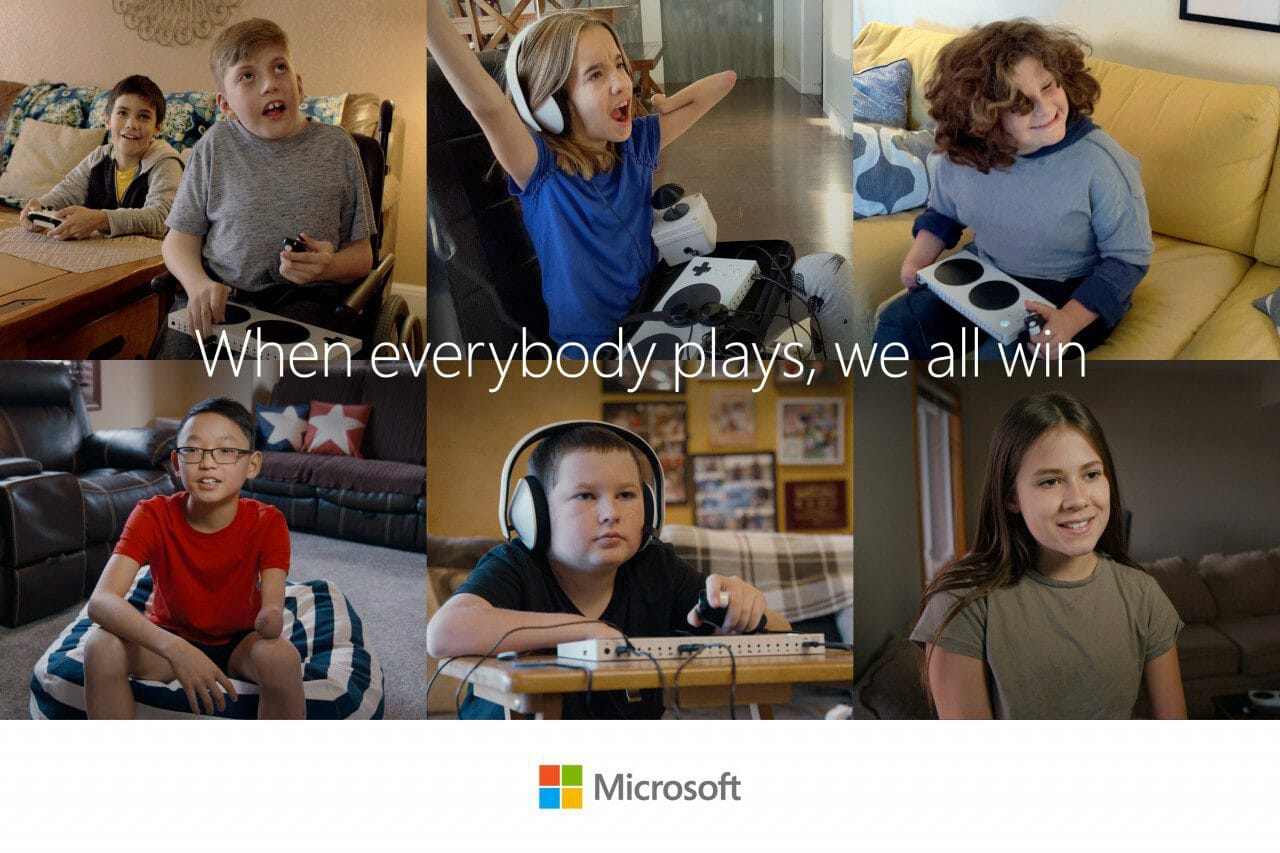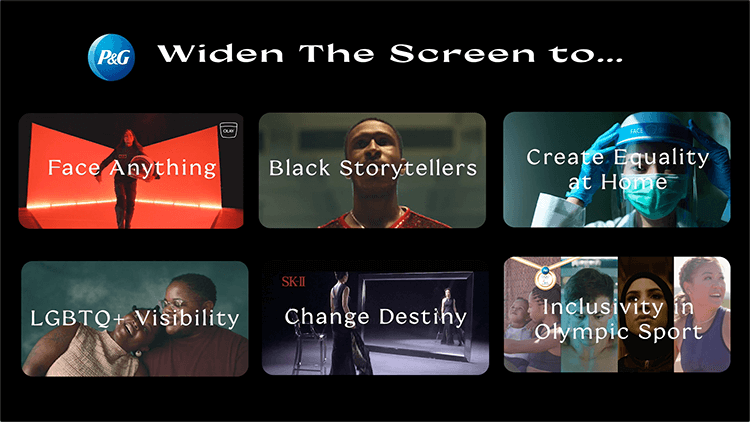If you regularly read our newsletter and blog, you know that we’re big proponents of strength-based or asset based communication.
Strength-based communication emphasizes the strengths, opportunities and power of an individual, group or community. It represents people positively, in a way that feels true and empowering to them.
At Prosper Strategies, we speak it, teach it and practice it in our own work and that of our nonprofit clients. And, from time to time, we receive push back, often from people who feel that it is “too soft” or “less effective.”
First of all, we know this is not true, based on multiple case studies with nonprofits who have seen their fundraising results either maintained or amplified as a result of their transition from stereotype or needs-based to strength-based communication and messaging. And, we also know that strength-based communication is not just a nonprofit practice, it’s also what today’s consumers, who are the same as our donors, expect of corporate communicators.
Sometimes I find sharing corporate examples with strength-based communication skeptics can be helpful in demonstrating its legitimacy and the fact that it’s here to stay. Today, I’m sharing a few of these examples with you, in case you find them useful in building a case for using strength-based messaging at your nonprofit.
Consumers (who are nonprofit donors) want strength-based communication
How do we know consumers want to see strength-based communication? Not just based on data from the nonprofit sector, but also by looking to our corporate counterparts who are using strength-based practices to drive brand awareness.
While there are many examples of strength-based communication from consumer brands, this post takes a look at just a few companies that are embracing consumer empowerment, diversity, equity and inclusion. These brands are practicing strength-based communication basics, such as:
- Using real people, imagery and first-person narratives to showcase their consumers and brands
- Moving away from stereotypes and overgeneralization
- Bringing together diverse voices and demonstrating how we can work together as a force for good
- Sharing how creating equitable opportunities benefits us all
- Directly addressing race in communication
Consumer brands leveraging strength-based communication
Following are several of the many corporate campaigns that are demonstrating strength-based communication practices.
Dove Real Beauty – real people, real imagery
A key tenet of strength-based communication is that it should feel true and authentic to those it portrays through the use of real imagery and first-person accounts. Perhaps one of the best known campaigns rooted in this idea is the Dove Real Beauty campaign.
The beauty industry has long portrayed models as the “ideal human,” often even photoshopping already beautiful individuals to try to make them “even more beautiful.” Nonprofits sometimes go the other way with this, using stock imagery to make those they serve look downtrodden or in desperate need. Many times these portrayals, while they pull at the heartstrings, aren’t even accurate depictions of people, their circumstances or challenges.

Dove bucks the use of models and fake depictions of reality by showcasing real women in its campaign.
RiverIsland.com – moving away from stereotypes and overgeneralization
Another campaign I love is from RiversIsland.com: “LabelsAreforClothes.” This campaign highlights the tendency of stereotype-based communication to overgeneralize groups or to define people by a condition or circumstance. This is analogous to when nonprofits label people or communities by using terms like low-income communities, at-risk youth or needy people.
Just like this campaign, which rightly notes labels are for clothes, not for people, strength-based messaging also moves us away from this practice.

Microsoft – showcasing the idea that there doesn’t have to be winners and losers
The Social Justice Phrase Guide developed five guidelines for conscientious communications, including one that emphasizes unity over competition. They state:
“It is important to choose language that emphasizes shared interests and discredits ‘us vs. them’ distinctions. By highlighting the cultural, economic, and historical connections we all share, communications can emphasize a community-focused mindset over staunchly individualistic thinking.”
We see this concept with Microsoft’s “We all win” campaign, which showcases the fact that creating equitable opportunities benefits all of us.

Proctor and Gamble – bringing conversations about race to the forefront
The Racial Equity Alliance, in their study titled “Let’s Talk About Race,” tested how people responded to racially explicit messaging to answer the question “is it effective to address race head-on?” This study found that progressive policy messages that specifically name race are successful with the general public. In fact, they were more successful than conservative and progressive messages that avoided race.
While we’ve seen more proclivity toward direct communication about race in the nonprofit sector, we’re also seeing a similar trend in the for-profit sector. One example of this is Proctor and Gamble’s initiative, Widen the Screen to Widen Our View, which brings race conversations to the forefront by highlighting Black lived experiences and aims to broaden the way people who are Black are portrayed in advertising and entertainment.

These are all examples of strength-based practices in the corporate world, and we’re increasingly seeing these types of communications from mainstream brands because this is what consumers, and donors, want and expect. I find it useful to share these with strength-based communication skeptics to demonstrate this isn’t a “nonprofit thing” or even a fad, this is a best practice of today’s most forward-thinking nonprofits. If you’re looking for more information, be sure to check out our additional resources on strength-based messaging.